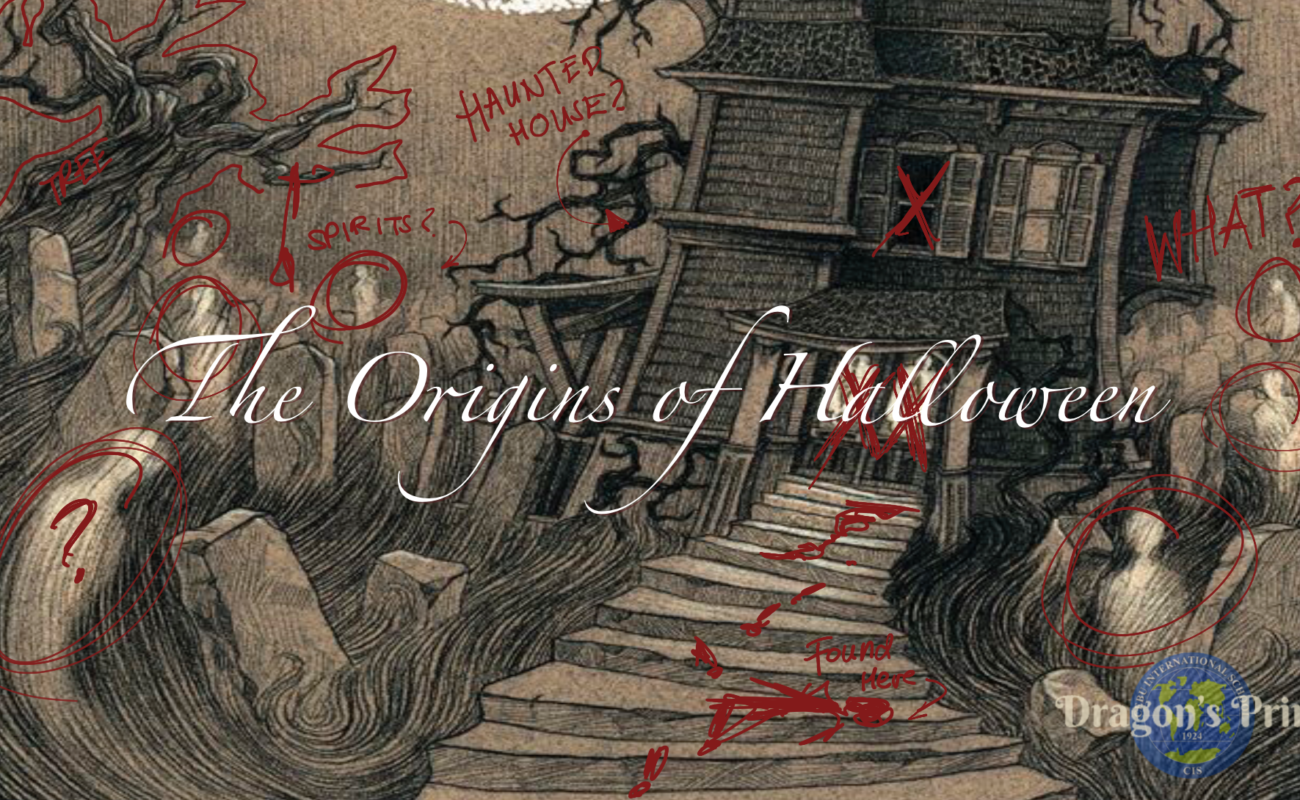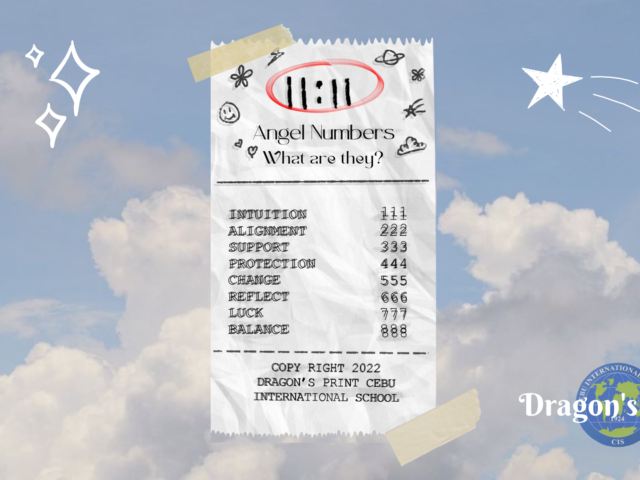Have you ever heard of a day in which people pretend to be something they’re not, asking for candy from complete strangers? This day is very haunted and everyone does their best to be as terrifying as possible. What’s more is that they slice pumpkins, giving them monster-like appearances, and praising the supernatural. Avoiding black cats and purposely watching media that is meant to horrify them are just two of the mysterious traditions these mortals participate in on this day. Of course, we are talking about the beloved holiday known as Halloween. It sounds pretty weird when you put it in those words, don’t you think? We thought so too and it made us ponder the question; where did Halloween come from and why do we celebrate it? Luckily for you, we did the research and have compiled all the things you need to know about the origins of this peculiar holiday.
(History.com Editors, 2009)
Halloween originated from Samhain, an ancient Celtic festival celebrated on October 31st in Great Britain, some parts of France, and Ireland. Samhain represented the end of summer and the beginning of the winter season. Because winter was when the most deaths occurred, the Celts believed that the day before their new year, which was on November 1st, the ghosts of the dead would have the ability to once again roam the living world. These ghosts were evil and it was believed that they would damage their crops. On this day, Druids, who were Celtic priests, created large campfires where the Celts made sacrifices to their gods and goddesses. They would sacrifice various animals and even the fruit of their crops. The campfire and sacrifices were believed to keep evil spirits at bay and protect them from the harsh cold. While celebrating Samhain, Celts wore costumes made of animal skins and heads because these costumes would prevent the ghosts from recognizing the living. Additionally, they would attempt to guess the futures of one another. Later on, after the Roman empire conquered Celtic land, Samhain would be combined with 2 Roman festivals, Feralia and Pomona (History.com Editors, 2009).
On November 1st, All Saints’ Day is celebrated with big bonfires, parades, and people dressing up as saints, angels, and devils – similar to Samhain. All Saints’ Day is also known as All-hallows or All-hallowmas, which gives the day before the name of All-Hallows Eve, which eventually turned into what we know today as Halloween (History.com Editors, 2009).
Well, how did this ancient festival spread all over the world? During the 19th century, many European immigrants had arrived in the United States, bringing their hopes, dreams, and of course, traditions. Primarily limited to New England, the beliefs and customs of European settlers and Native Americans had meshed, creating a uniquely American version of Halloween. The initial celebrations included “play parties”, public events to celebrate the harvest in which neighbors would share stories of the dead, tell fortunes, dance, and sing. By the mid-19th century, annual autumn festivals were common, but still not nationwide. However, by the second half of the 19th century, things had changed. America was flooded by a new wave of Irish Immigrants fleeing the Potato Famine, helping popularize Halloween. This led to the beginnings of Trick-or-treating, where young women would do tricks with yarn, apple parings, or mirrors to try and discover the name or appearance of their future husband (The Editors of Encyclopaedia Britannica, 2021).
(History.com Editors, 2009)
Despite Halloween’s religious and superstitious origins, it had become a secular, community-centered holiday by the 1920s and 30s. Towns celebrated through parties, games, food, and costumes. During this time, the practice of trick-or-treating was revived, now being an inexpensive way for communities to share the Halloween spirit through sweet treats. Thus, the Halloween tradition was born, bringing people together through horror movies we all know and love, to gathering with friends and family to dress up as our favorite characters (History.com Editors, 2009).
Article by Alessandra, F. (Grade 10) & Selly, P. (Grade 11); Feature image by Naoki, K. (Grade 11)
The views expressed in this article represent the personal views of the author and should not be taken to represent the views of Dragon’s Print and Cebu International School.
References:
History.com Editors. (2009, November 18). Halloween 2021. HISTORY; HISTORY. https://www.history.com/topics/halloween/history-of-halloween
The Editors of Encyclopaedia Britannica. (2021). Halloween | Definition, Origin, History, & Facts | Britannica. In Encyclopædia Britannica. Retrieved from https://www.britannica.com/topic/Halloween



Leave a Reply